
WW1 Sapper Book
By Mark McConville
THE NETWORK of underground tunnels where fighting continued beneath the killing fields of the Western Front during World War One have been revealed in a new book.

Echoing the book and BBC drama Birdsong about these men, the rare pictures show the remains of the tunnels where engineering soldiers known as “sappers” would have worked in the darkness to knock out enemy German underground units. One powerful image shows a stick grenade still stuck between two rocks as a booby trap to anyone who should try to force their way through.
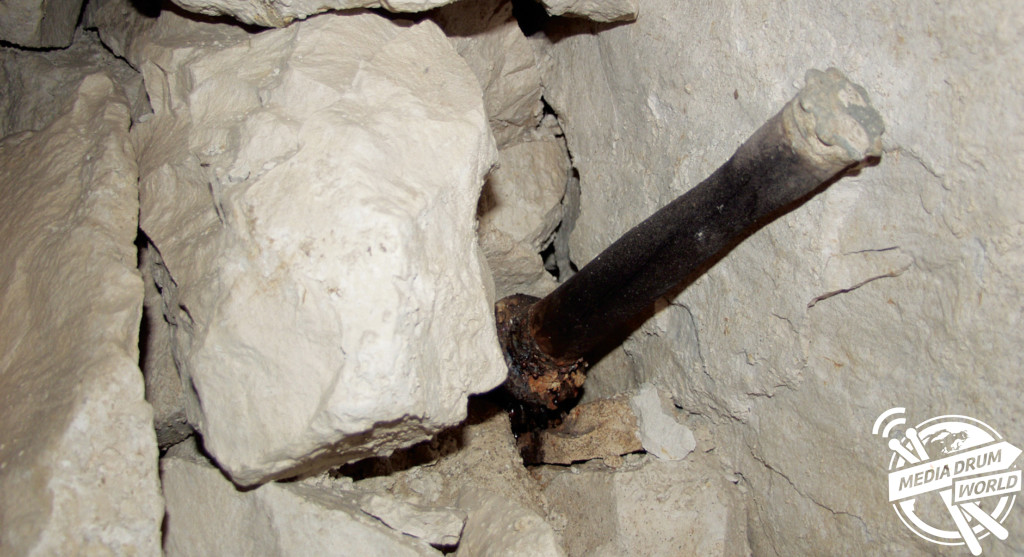
Other incredible images show archived shots of troops gratefully accepting fresh air as they come above ground and fighters donning gas masks to protect against chemical warfare.
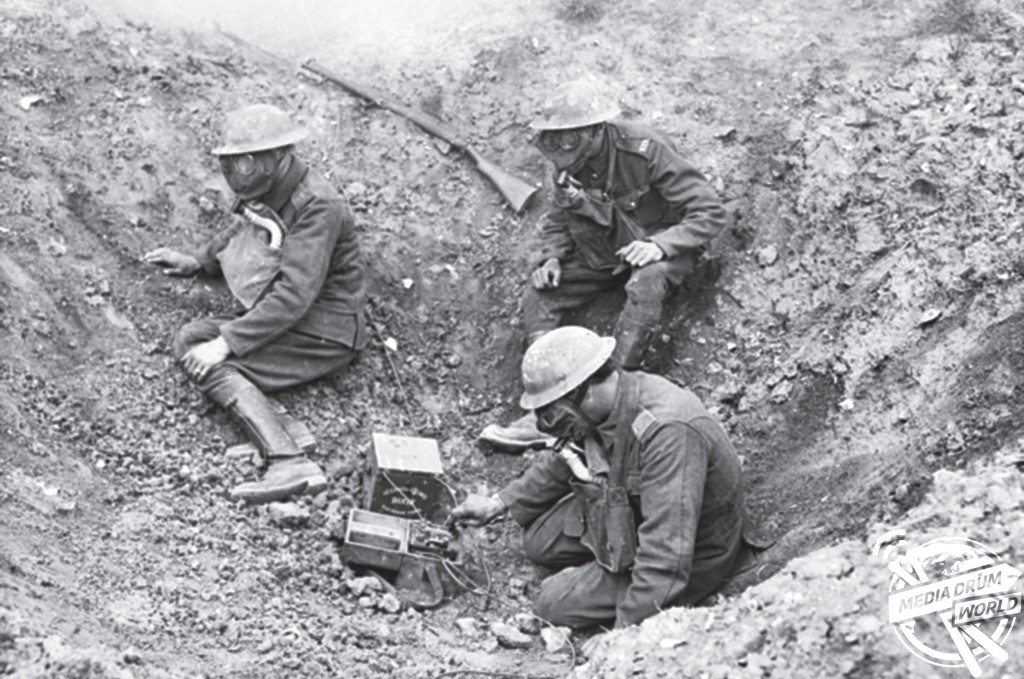
The largely unknown subterranean fighting has been investigated in a new book, Beneath the Killing Fields, by Matthew Leonard and published by Pen & Sword Books Ltd.
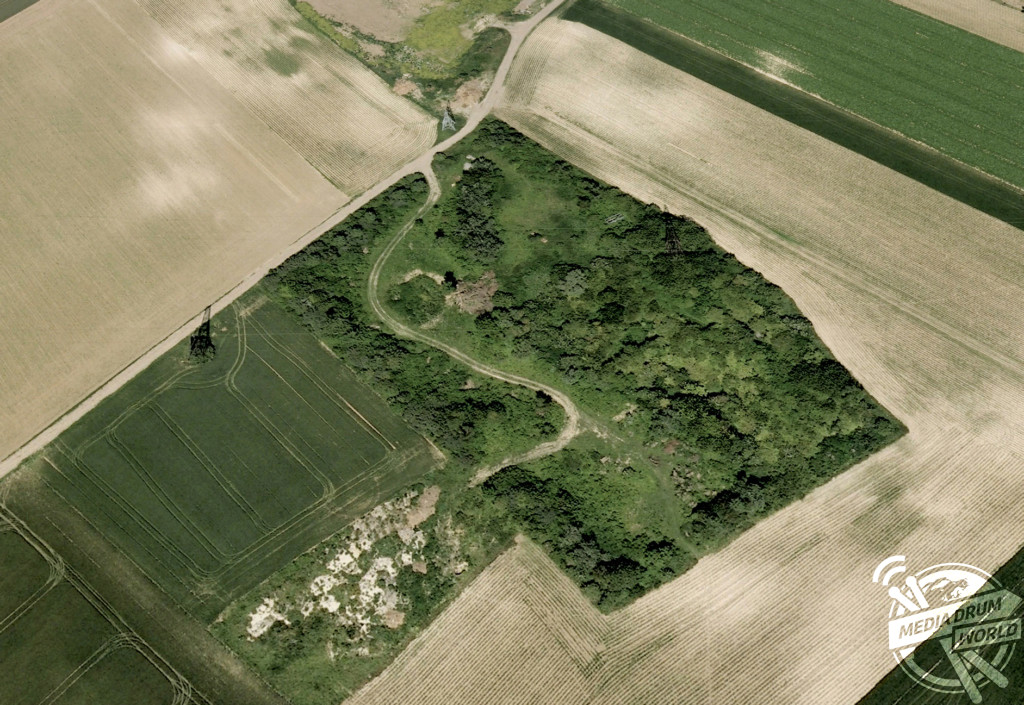
“The tunnels were very cramped, very deep, very complex and very dangerous,” said Mr Leonard.
“Men lived underground for most of their time at the front. They came up to the surface at night to work and conduct raids.
“During the day, they only surfaced to carry out guard duty and essential tasks or to take part in attacks. There were subterranean caverns for accommodation along with cemeteries, HQs, stores, hospitals and so on.
“A whole world beneath the surface – most of which still exists, but is extremely hazardous to enter.”
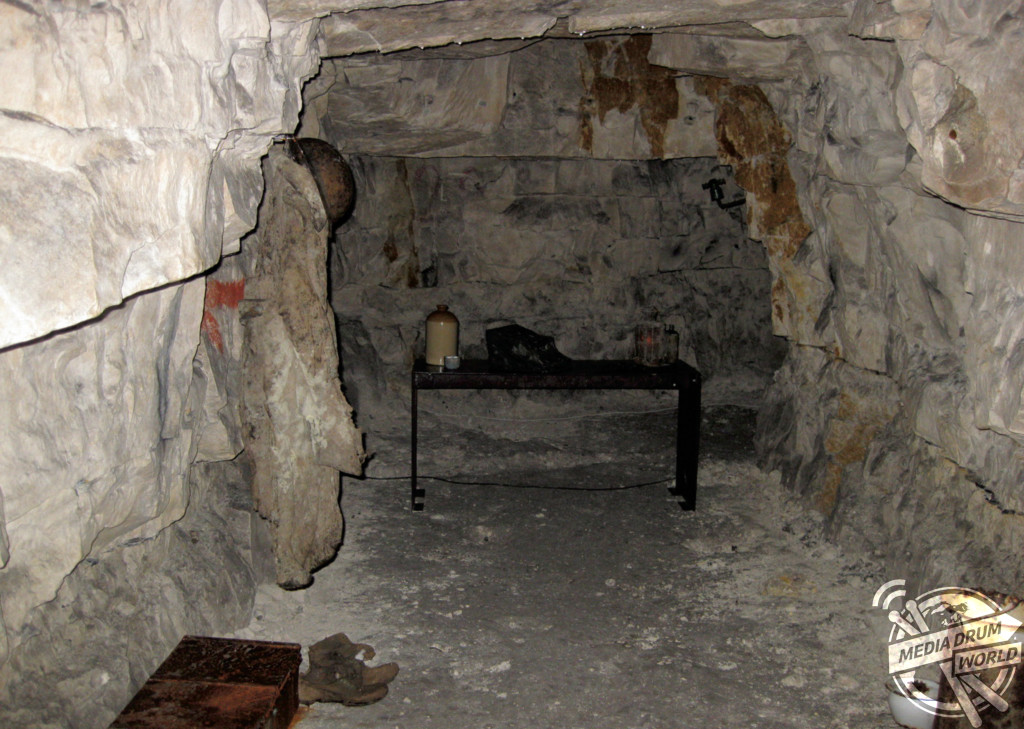
Men had to learn a new way of living and fighting as in the dark depths below the surface their sight was no good to them. Sound and touch became much more important.
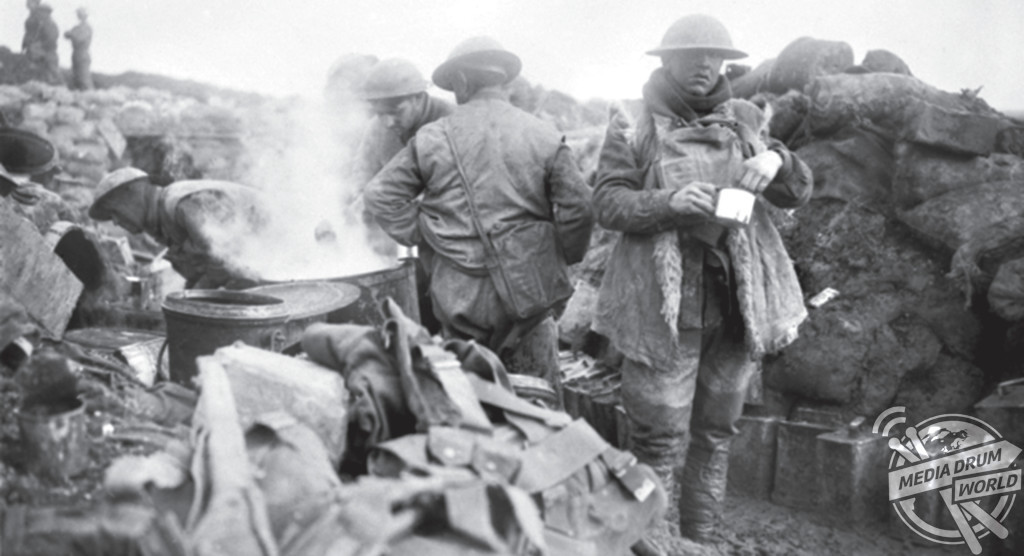
“They reordered their senses, prioritising touch over sight,” said Mr Leonard.
“It was a deeply sensorial engagement with a landscape of modern war. Men had to work and fight underground, in the dark, where every sound could result in discovery and death.”
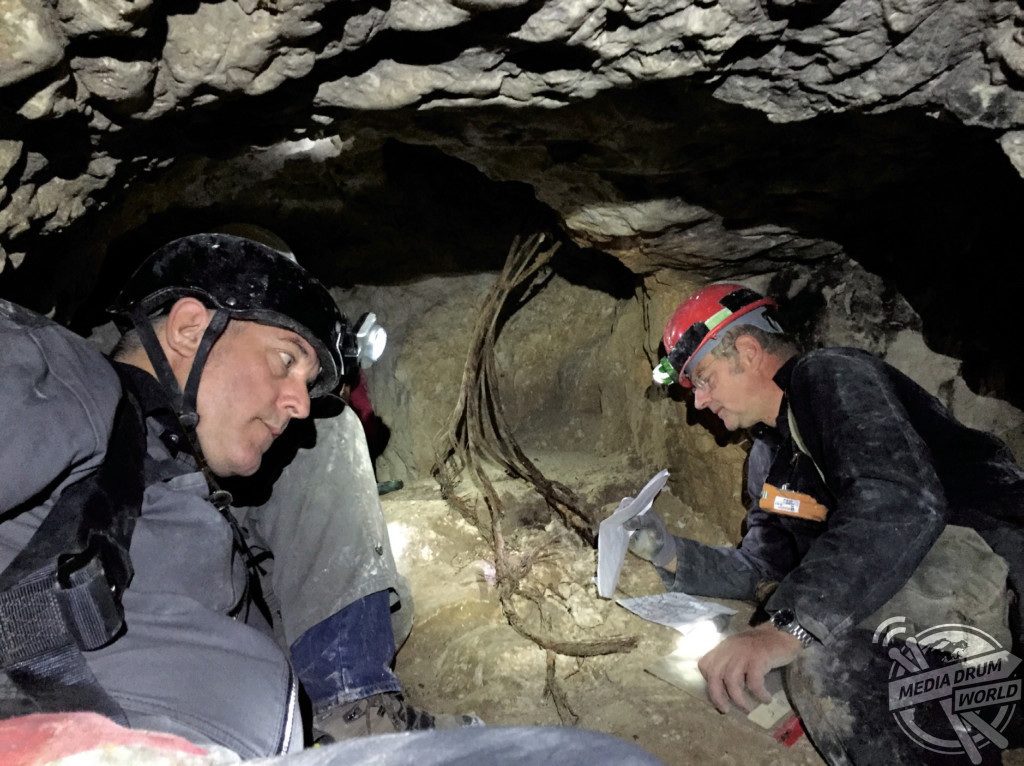
The underground fighting was extremely important to the war as the Western Front could not have existed without them, according to Mr Leonard.
“Think of the trench lines as but the battlements of a submerged fortress and you should get the idea,” he said.
“There was underground fighting continually right across the front, from Flanders to the Alps.
“The premise of the book is to shed more light on this little studied area of the war. In my book, I blend the military realities with the personal, history with archaeology, anthropology with first-hand knowledge.
“It is the product of my extensive experience in these landscapes over several years, along with research gathered while writing my doctoral thesis on a similar subject.”






